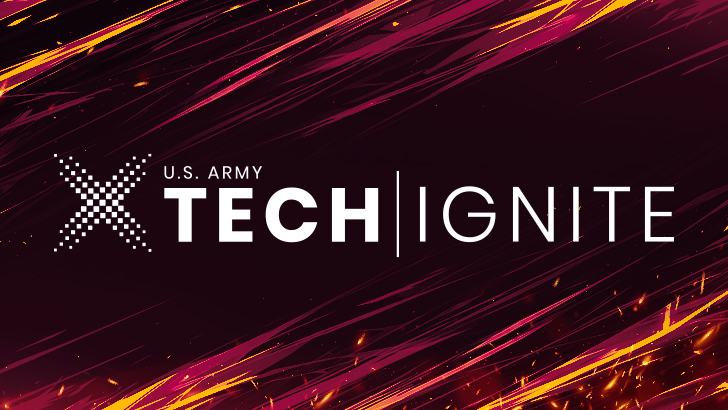

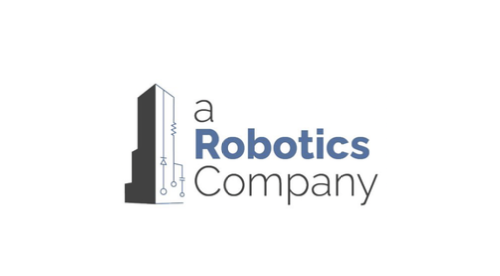
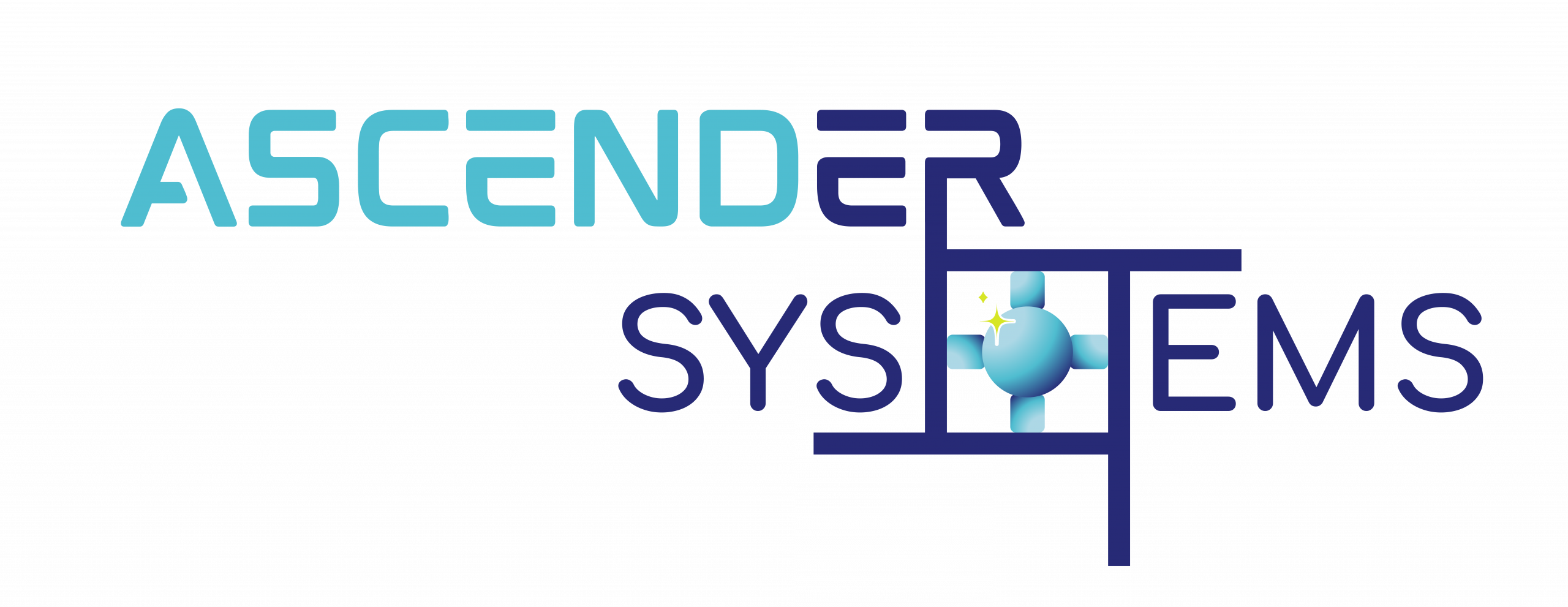
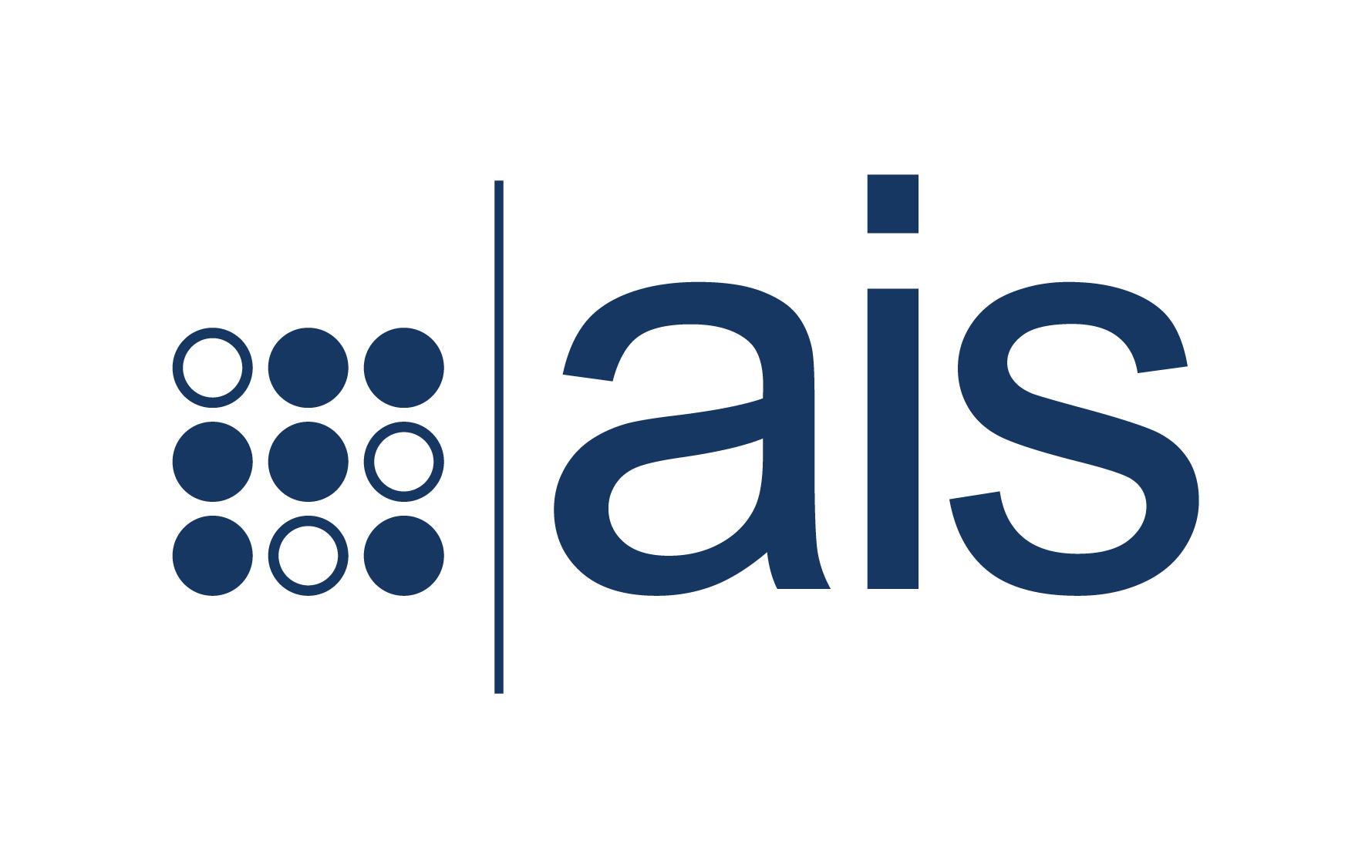
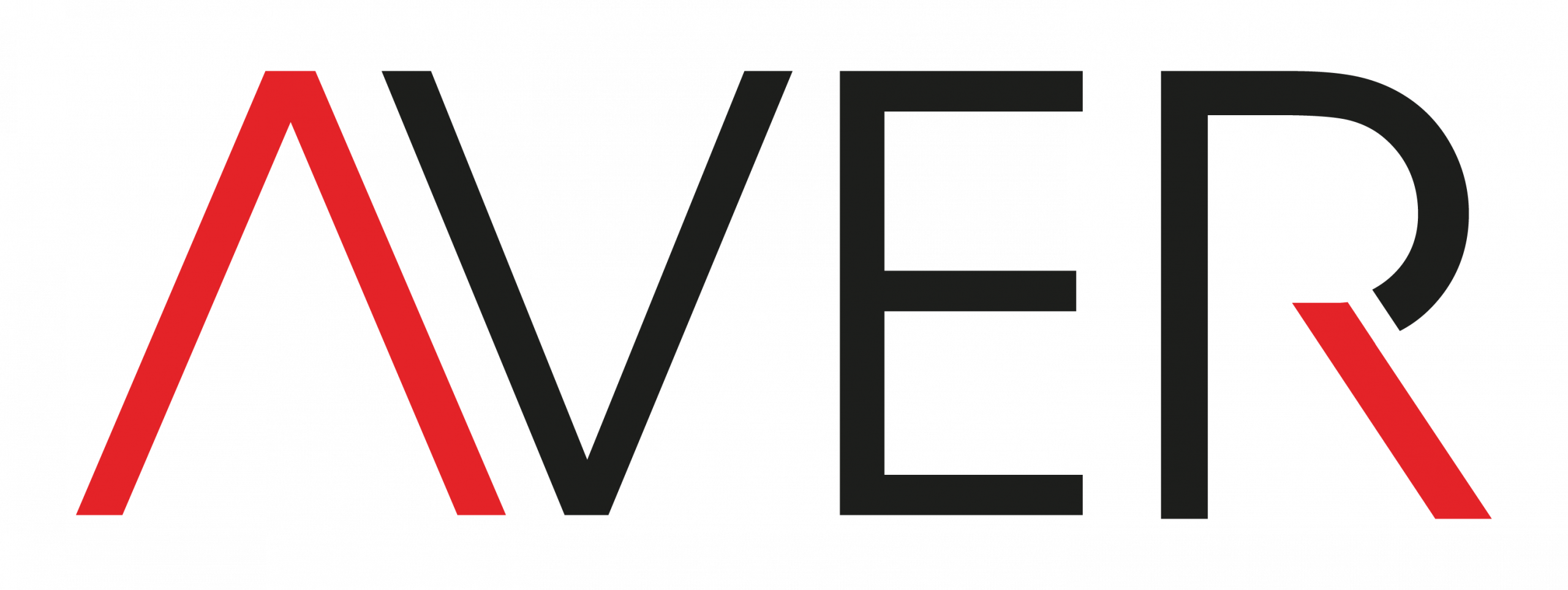
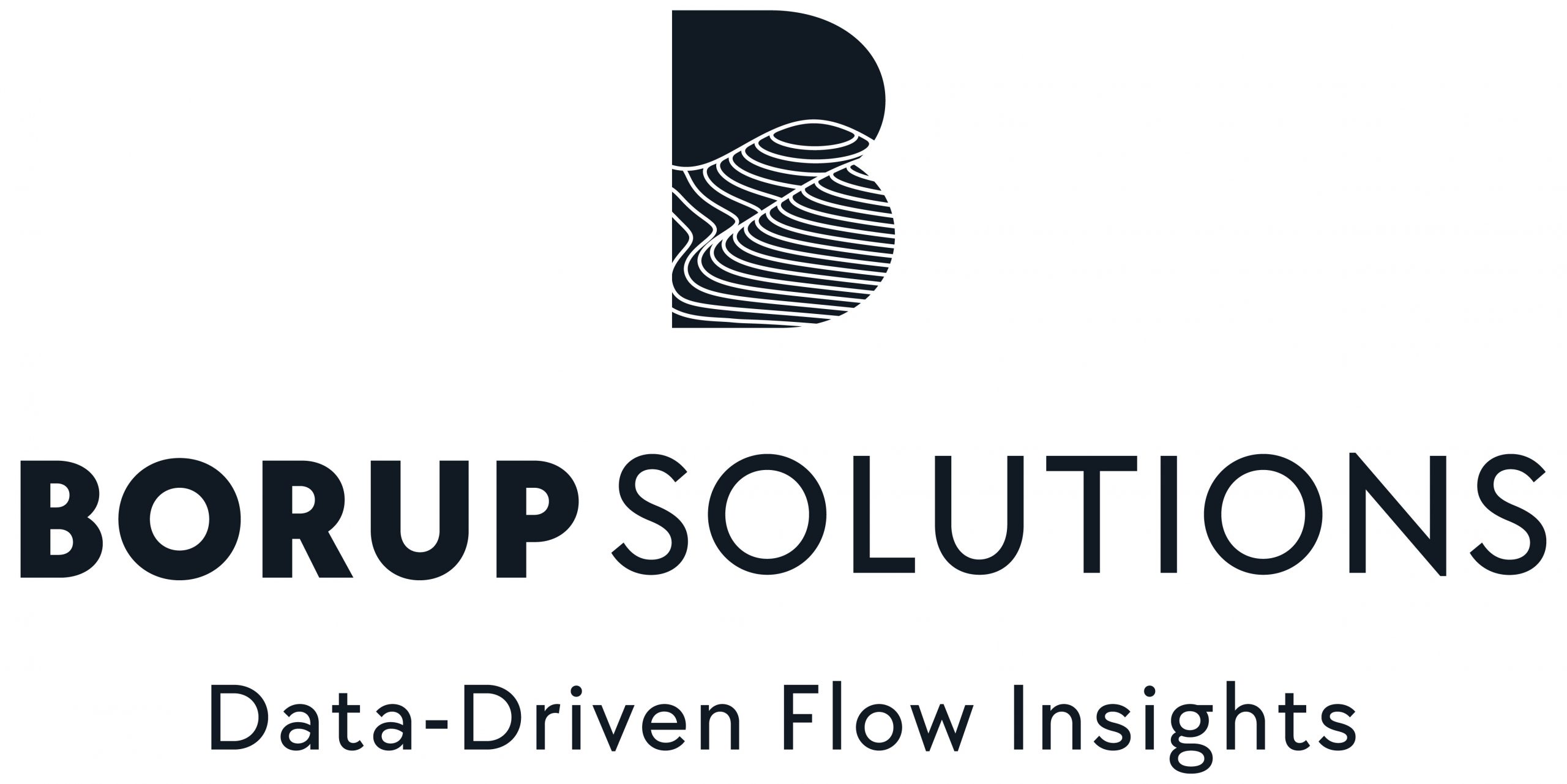

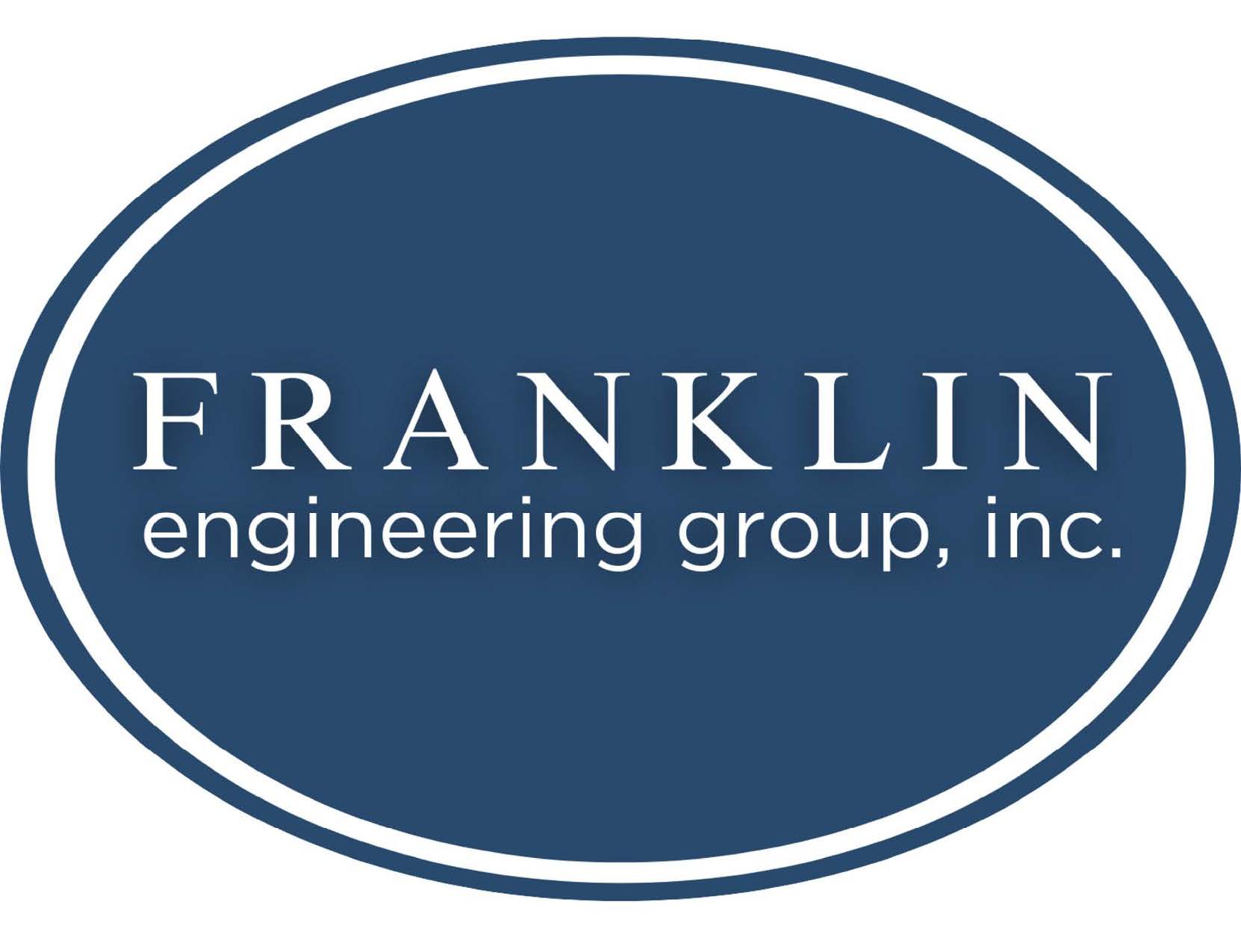









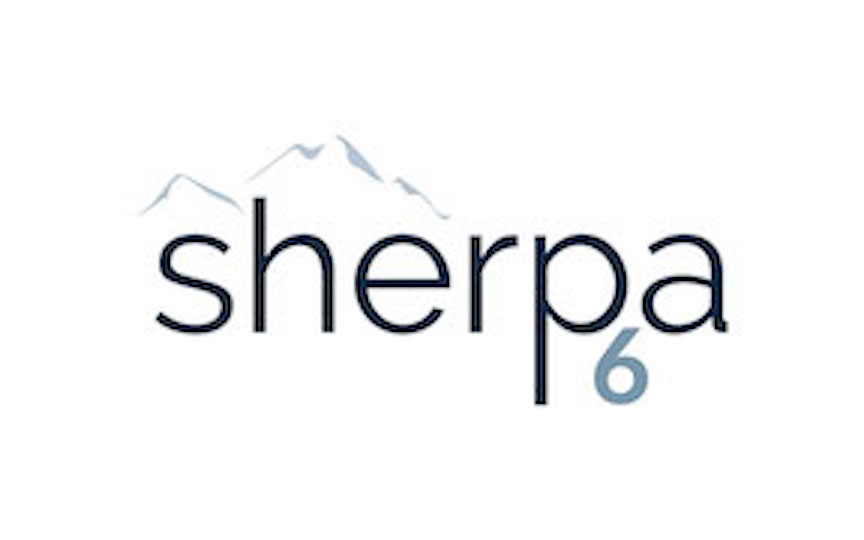





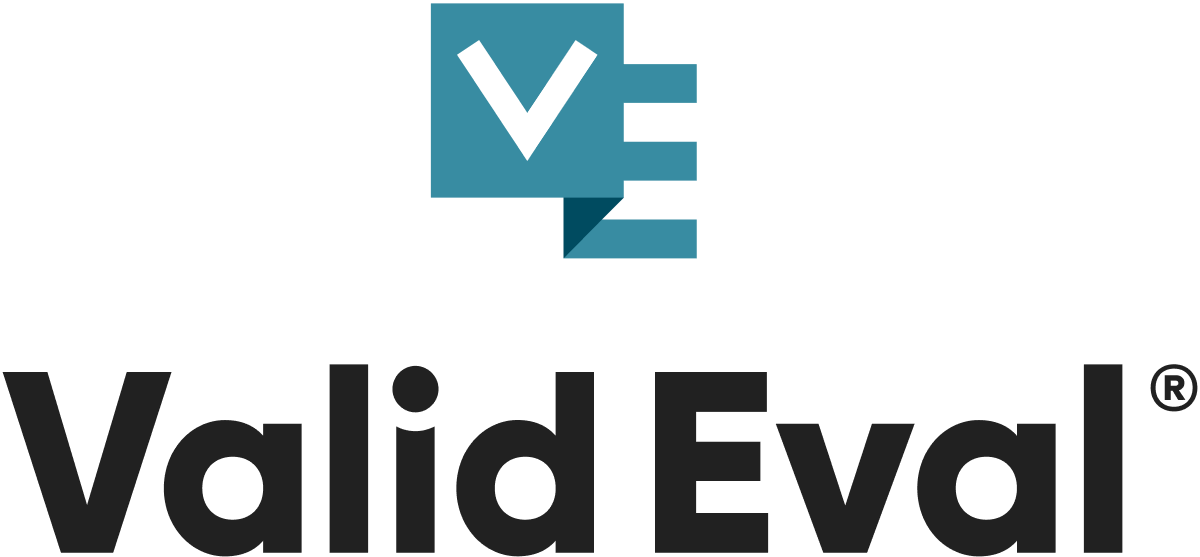



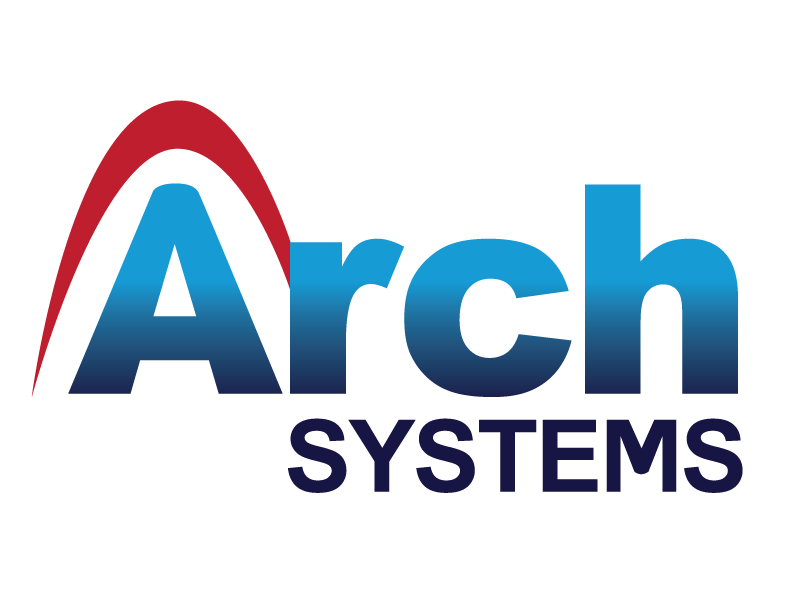

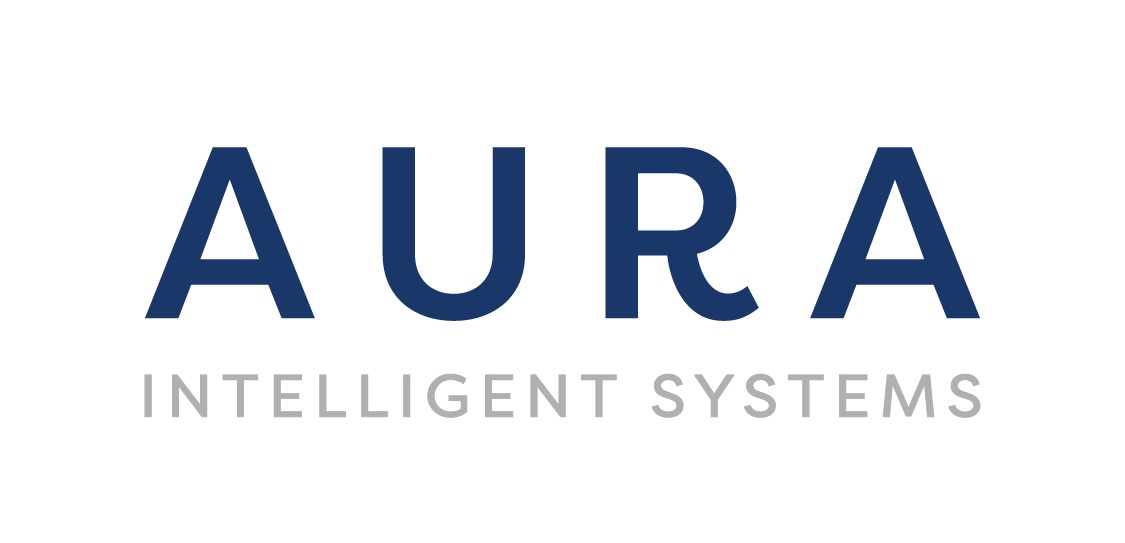
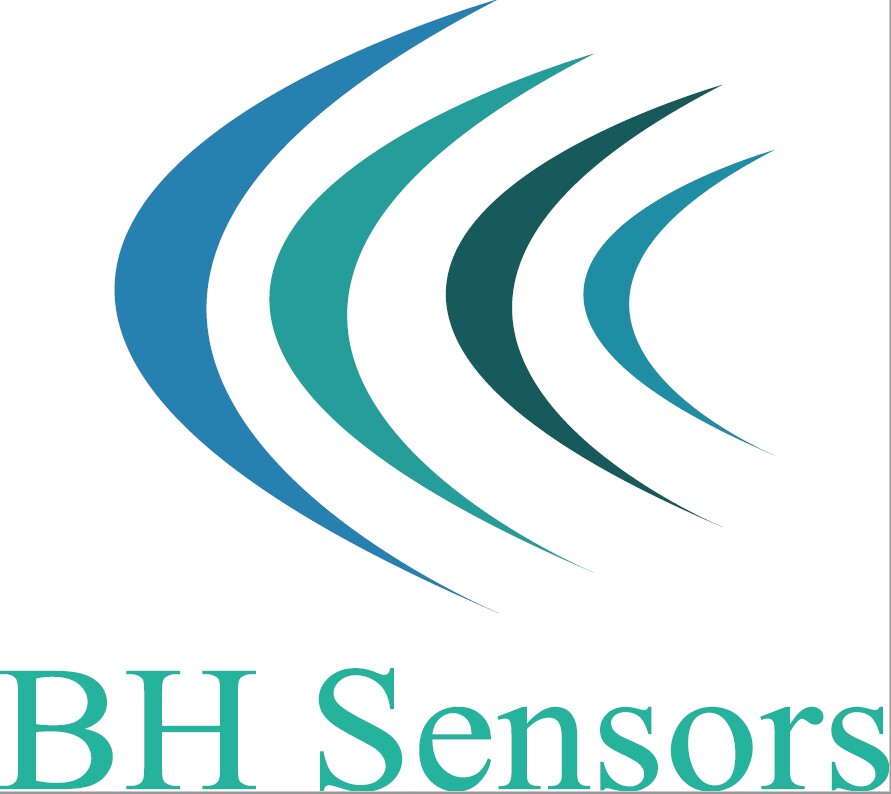




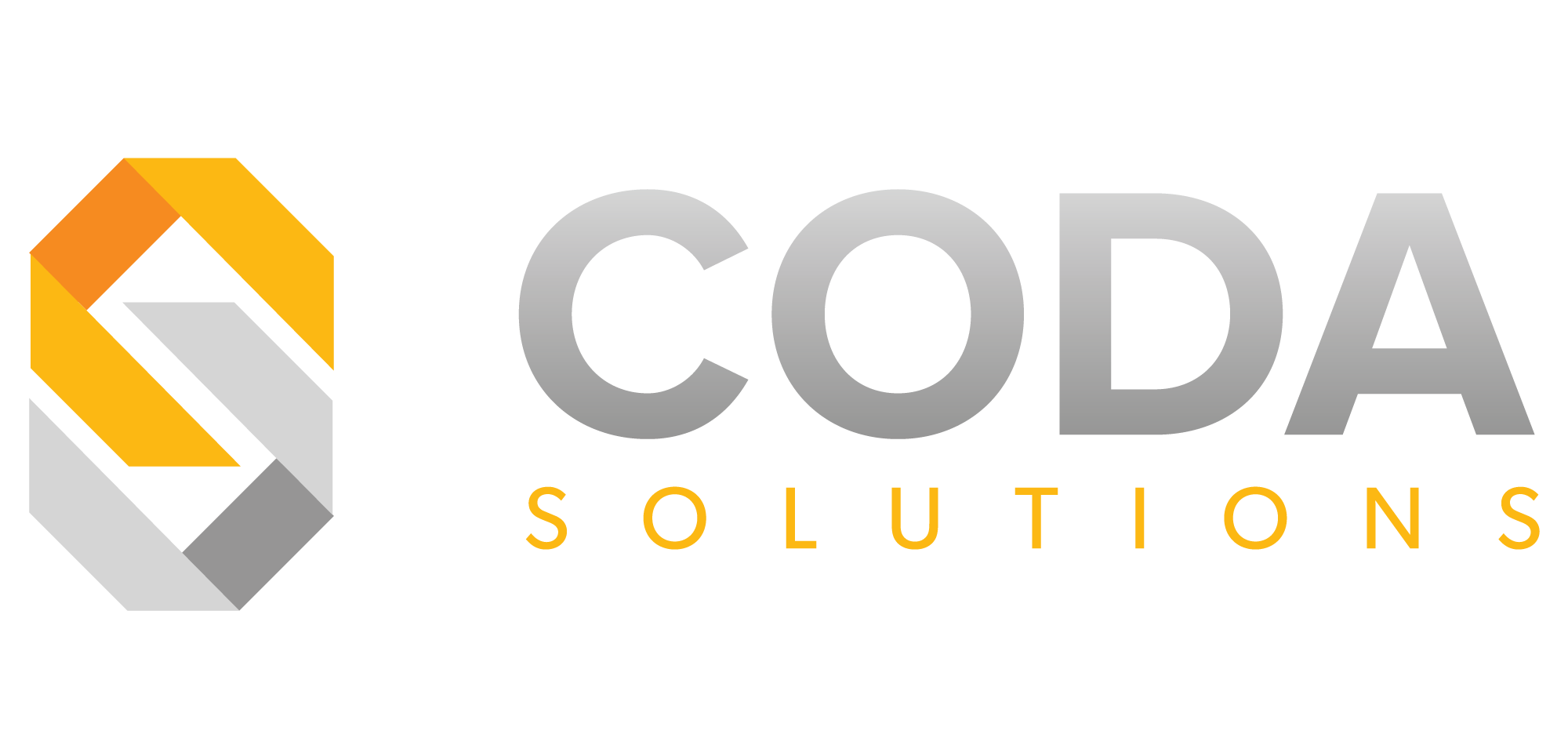

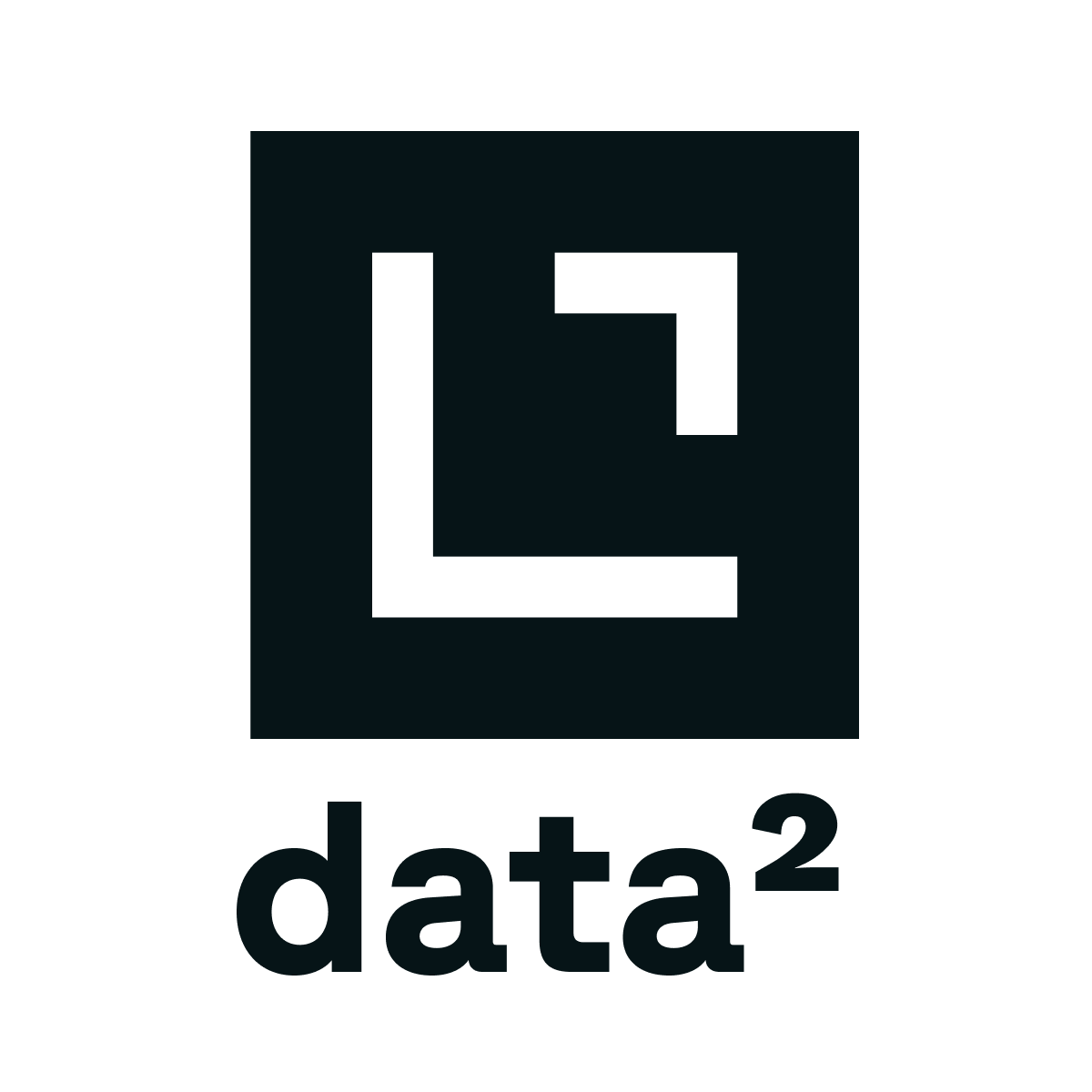






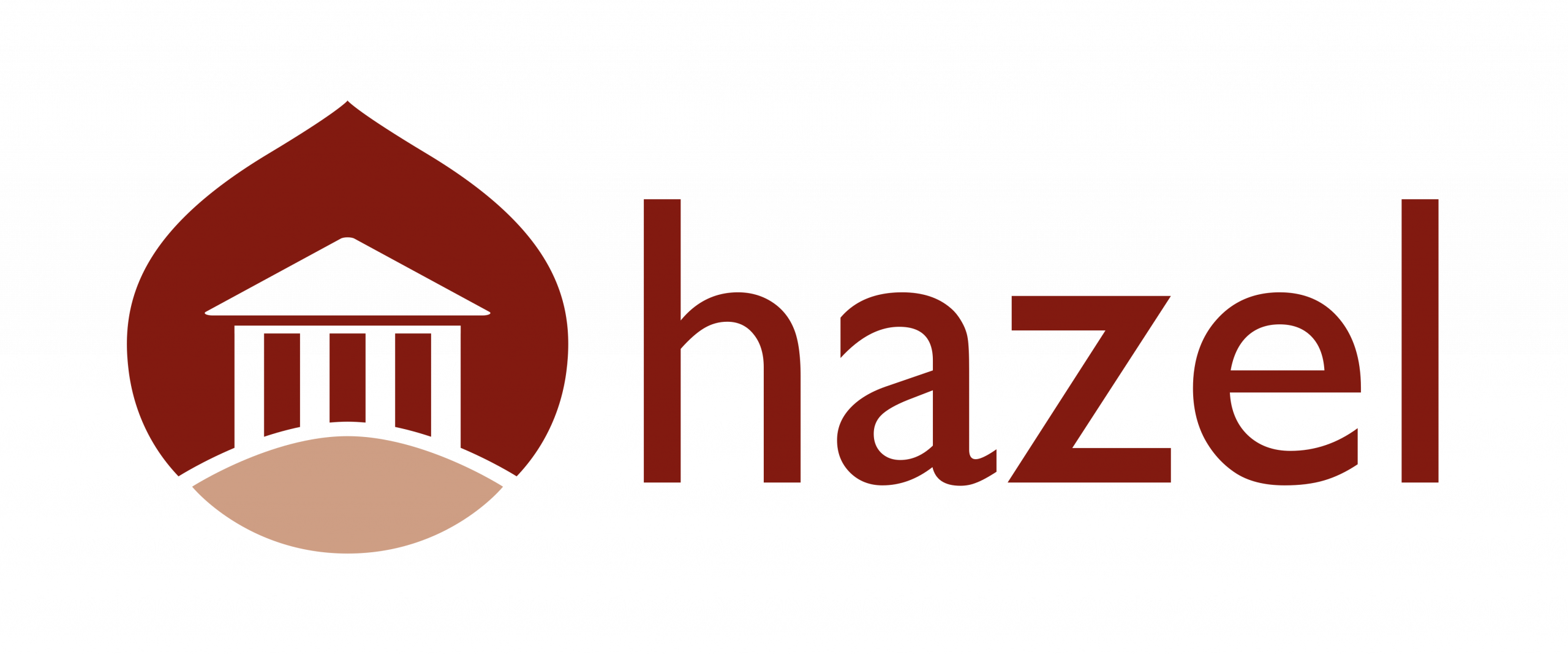

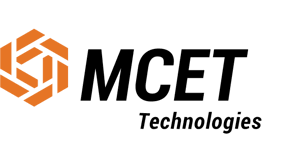



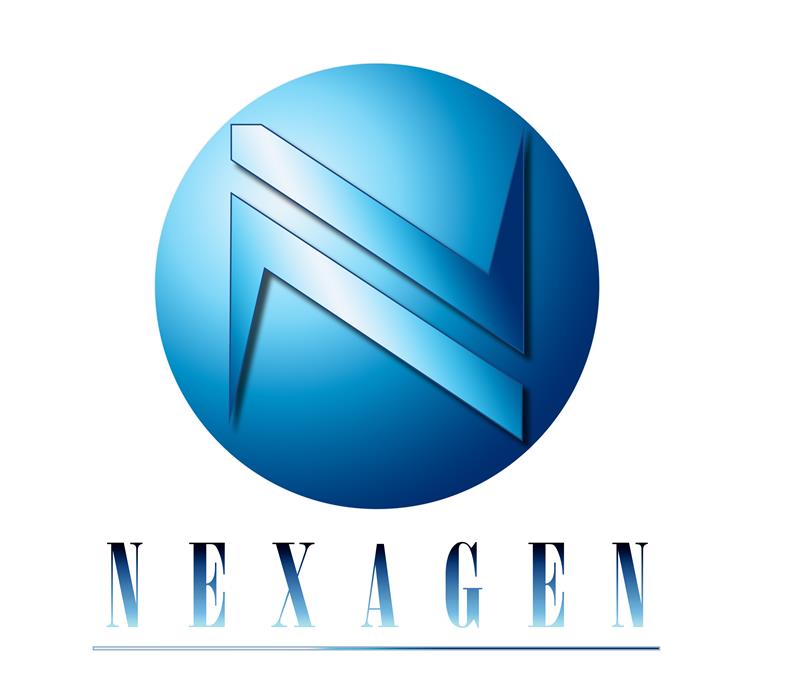
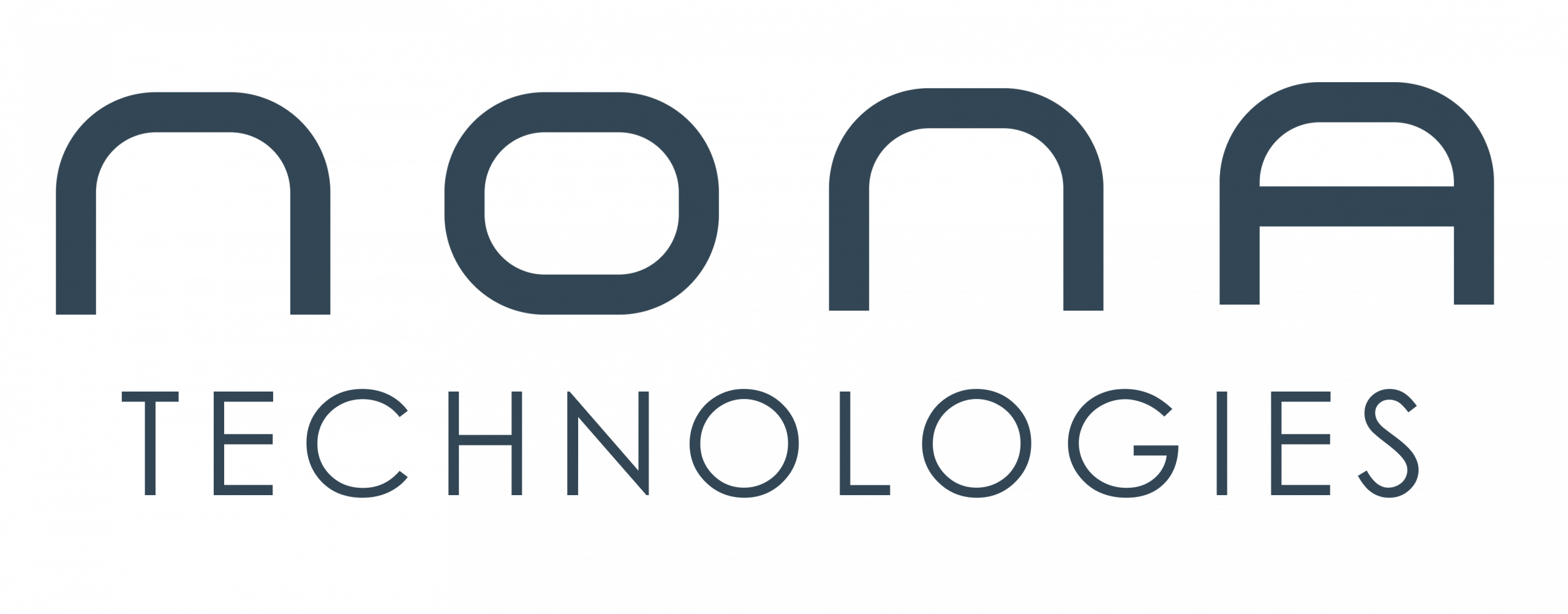
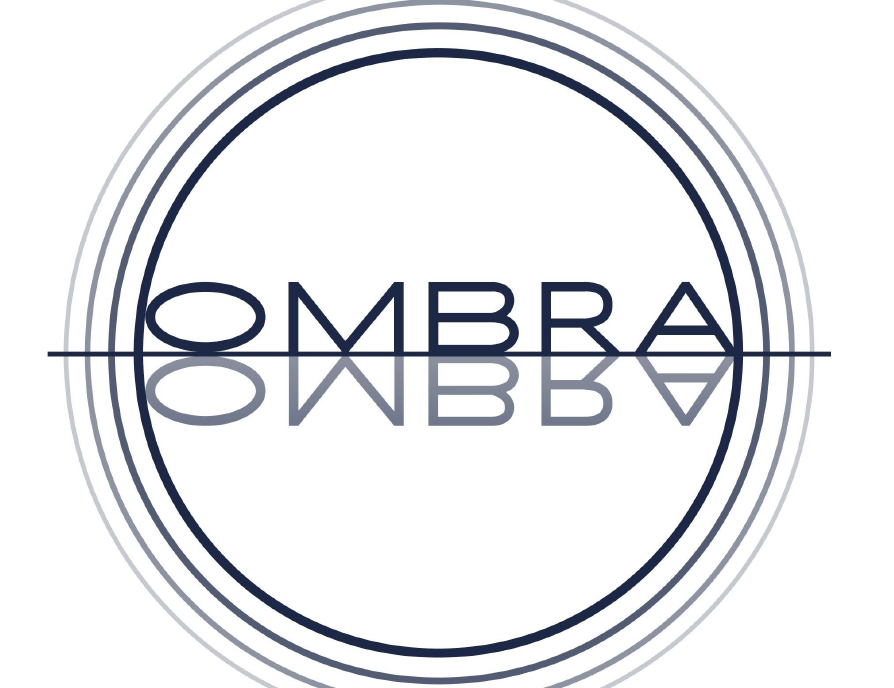








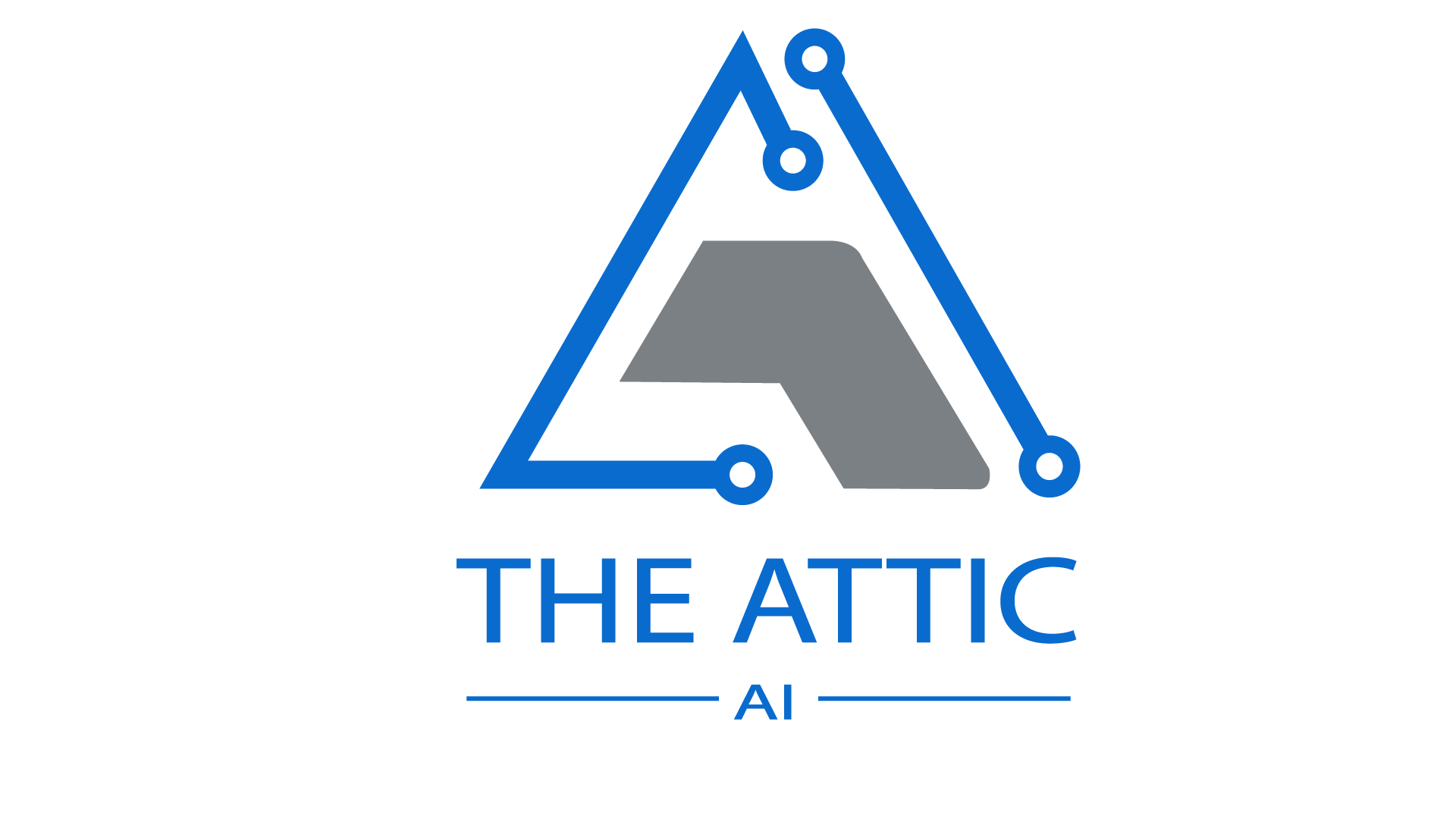

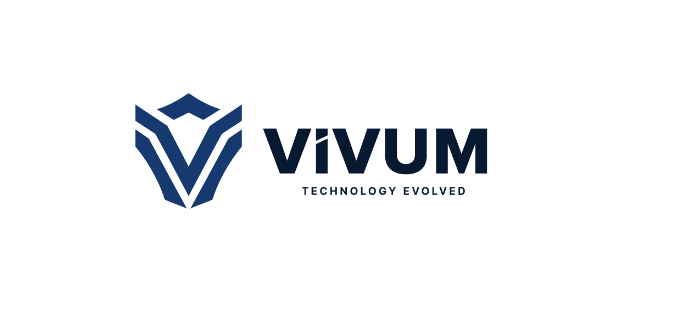
The U.S. Army invites interested entities to participate in the xTechIgnite competition, a competition for eligible small businesses across the U.S. to engage with the Department of Defense (DoD), earn prize money and submit a Phase I or Direct to Phase II (D2PhII) Army Small Business Innovation Research (SBIR) proposal.
The Assistant Secretary of the Army for Acquisition, Logistics and Technology (ASA(ALT)) is partnering with six of the Army’s Program Executive Offices (PEOs) including, JPEO Armaments & Ammunition (A&A), PEO Command, Control, Communications & Network (C3N), PEO Combat Support & Combat Service Support (CS&CSS), PEO Enterprise, PEO Ground Combat Systems (GCS), and PEO Intelligence, Electronic Warfare, & Sensors (IEW&S) to deliver the xTechIgnite competition.
The Army recognizes that the DoD must enhance engagements with U.S. small businesses by (1) understanding the spectrum of world-class technologies being developed commercially that may benefit the DoD; (2) integrating the sector of non-traditional innovators into the DoD Science and Technology (S&T) ecosystem; and (3) providing expertise and feedback to accelerate, mature, and transition technologies of interest to the DoD.
The xTechIgnite competition will consist of three rounds:
The competition will award up to $400,000 in cash prizes throughout the competition to selected participants. Up to 64 finalists will receive a cash prize of $2,500 each and an invitation to pitch their innovative technology solutions to a panel of Army and DoD subject matter experts (SMEs) in May 2025 during an in-person event. The Army intends to select up to 24 final winners of the competition, each eligible for a $10,000 cash prize. Final winners of the competition will have the opportunity to submit a Phase I Army SBIR proposal worth up to $250,000 or a D2PhII Army SBIR proposal worth up to $2,000,000, depending on the topic area and the proposed work. Phase I Army SBIR proposals will be considered under topic areas 1-3 for proof-of-concept demonstrations that are not to exceed six (6) months in duration. D2PhII Army SBIR Proposals will be considered under topic areas 4-8 for technologies that demonstrate sufficient maturity for direct prototype development and are not to exceed 18 months in duration. Additional details on prize structure can be found in Section VII in the RFI.
In addition to non-dilutive cash prizes, participants will have the opportunity to engage with Army and DoD representatives through information-sharing and networking opportunities.
The efforts described in this notice are being pursued under the authorities of 10 U.S.C. § 4025 to award cash prizes recognizing advanced technology achievements. All final winners will be eligible to submit for an Army SBIR Phase I or D2PhII proposal under the provisions and requirements of 15 U.S.C. § 638.
While the authority of this program is 10 U.S.C. § 4025, the xTechIgnite competition may generate interest by another U.S. Army, DoD or United States Government (USG) organization for a funding opportunity outside of this program (e.g., submission of a proposal under a Broad Agency Announcement). The interested organization may contact the participant to provide additional information or ask for a request for proposal in a separate solicitation. Finalists of the prize competition may be invited to submit a separate proposal for further development of their proposed technology solution based on the needs of the Army. The Army may use a contract mechanism of their choice and will notify the participants accordingly.
All xTechIgnite competition submissions are treated as privileged information, and contents are disclosed to government employees or designated support contractors only for the purpose of evaluation and program support. The xTech Program will provide a feedback report to participants during each part of the competition. The purpose of providing this report is to assist in potentially accelerating transition of the technology to an Army end-user by providing insight on best applications for the technology, suggestions for product improvement for Army use and recommended next steps for development. However, the government may not respond to questions or inquiries regarding this feedback.
Topics and Problem Statements
The U.S. Army is interested in cutting-edge technology solutions that will drive significant advancements in military capabilities while addressing complex challenges and enhancing national security.
For topic areas 1-3, the competition seeks white papers for research and development efforts to prove the feasibility and commercialization potential of technology solutions that fit within one of the following topic areas:
For topic areas 4-8, the competition seeks white papers for research and development efforts to produce well-defined prototype technology solutions that fit within one of the following topic areas:
Topic descriptions can be found in Appendix A of the RFI. Winners selected from this competition from topic areas 1-3 will have the opportunity to submit a Phase I Army SBIR proposal worth up to $250,000 to conduct a feasibility study; and winners selected from topic areas 4-8 will have the opportunity to submit a D2PhII Army SBIR proposal worth up to $2 million to produce a prototype solution.
The eight topics were presented at the Army Demand Signal Event in February 2025, view the video recording to learn more about each topic from the respective PEO:
If you couldn’t attend the Army Demand Signal Event, you can view the following slide decks from the presentations:
For additional information about the individual SBIR solicitations, please visit the U.S. Army SBIR|STTR website: https://www.armysbir.army.mil/topics/
Additional information can also be found on the DSIP Topics page: https://www.dodsbirsttr.mil/topics-app/


Feb 5, 2025 - Mar 12, 2025

Up to 64 Finalists

$2,500/each


Jun 9, 2025 - Jun 16, 2025

Up to 24 Winners

$10,000/each


Jul 9, 2025 - Aug 20, 2025

Up to 24 Winners

Phase I SBIRs: $250,000/each; Direct to Phase II SBIRs up to $2,000,000/each


-


Small, for-profit, independent U.S. businesses. Restrictions exist about (1) the type of firm; (2) its ownership structure; (3) the firm’s size in terms of the number of employees; and (4) prior, current, or pending support of similar proposals or awards, as follows:
Note: If an employee stock ownership plan owns all or part of the concern, each stock trustee and plan member is considered an owner. If a trust owns all or part of the concern, each trustee and trust beneficiary is considered an owner.
